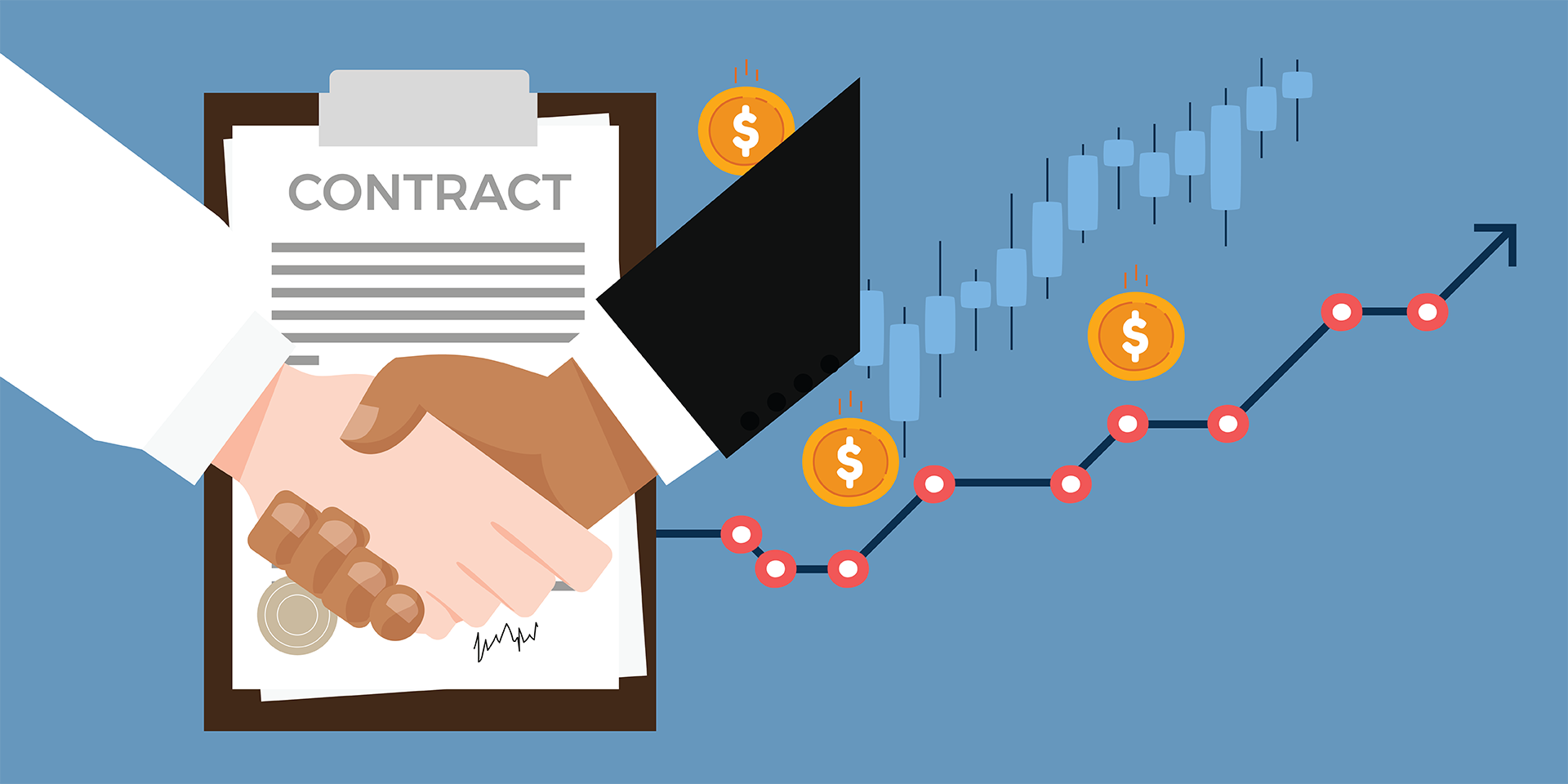Understanding Contract for Differences (CFD): A Beginner’s Guide
Do you have preliminary knowledge of Contract for Differences (CFD) but wish to study its intricacies further? Do not be bothered; you know you can count us in. Settling for knowledge makes room for questions. So, let’s dig in to learn more about financial instruments.
What is Contract for Differences (CFD)?
CFD is a type of derivative that allows traders to speculate on financial instruments without owning the underlying asset. The broker calculates the difference between the asset’s value when the contract is opened and closed.
How Does Contract for Differences (CFD) Trading Work?
In CFD trading, traders can take a long (buy) position if they believe the underlying asset’s price will rise or a short (sell) position if they predict it will fall. To calculate the profit or loss from a CFD transaction, multiply the number of CFD units bought or sold by the difference between the selling and buying price of the same contract.
Key Features of Contract for Differences (CFD) Trading
CFD trading offers leverage and flexibility, enabling traders to access larger markets using smaller funds. However, traders should be cautious and implement proper leverage risk management. Additionally, CFDs allow the trade of long or short positions across multiple markets without specific holding periods.
All traders willing to take their financial activities to the next level and aim for expertise in the movements of their chosen asset class should consider CFD trading. An investor can jump into the trading arena with his own experience and, with the right risk management and a thorough understanding of CFDs, even realize his investment goals.
Are you ready to enter the world of CFD trading? Join TradeQuo now and begin your journey towards financial empowerment.



